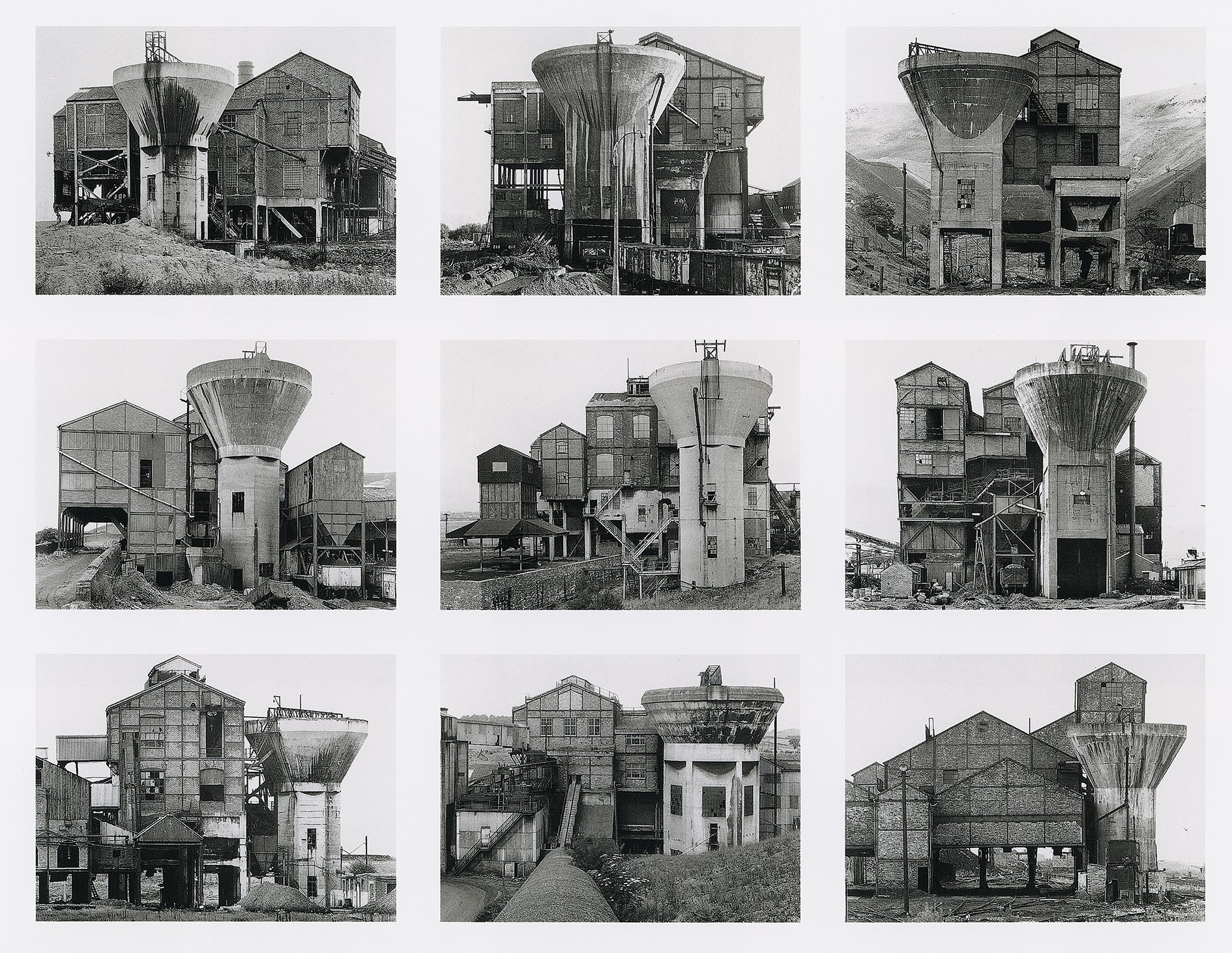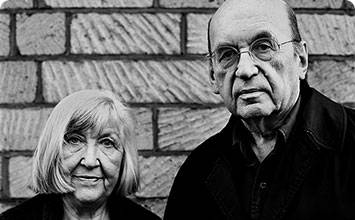Bernd and Hilla Becher’s unique photography of Welsh industrial structures, Preparation Plants 1966-74, has been acquired by Amgueddfa Cymru – National Museum Wales.
Amgueddfa Cymru – National Museum Wales has bought a unique artwork by two of the most significant artists of the twentieth century, Bernd and Hilla Becher, thanks to support from Art Fund and the Henry Moore Foundation. The German artists are best known for their typologies – photographs of a single type of industrial structure, often organised into grids.
Preparation Plants, 1966-1974, which is now on display at National Museum Cardiff, comprises nine photographs taken on the Bechers’ visits to the UK between 1966 and 1974. The photographs include four coal mines in South Wales including Penallta, Fern Hill, Brittanic and Tower collieries. Other collieries depicted include those in Chesterfield, Manchester, Liverpool and Kirkintilloch, Scotland.
The function of the preparation plant within the coal-mining complex was to wash coal of soil and rock once it had been brought up from the pithead, crush it into different sized chunks and prepare it for transport. A variety of structures comprised a preparation plant including a water tower, a coal bunker and the main building that housed the machinery to wash and sort the coal. This typology is therefore unusual for the Bechers in the sense that the photographs depict multiple as opposed to single structures.

Since the 1960s, the Bechers collaborated on a lifelong project to document industrial structures across Europe and the USA. Their photographic inventory included winding towers, blast furnaces, cooling towers, gasometers, grain elevators, water towers, lime kilns, framework houses and many more.
In the early years they photographed the coal and steel industries in the Ruhr and Siegen regions of Germany, before moving to other locations in Europe and later to North America. The Bechers made an initial visit to Britain in 1965. The purpose of this trip was to identify the key sites in British industry that had been in decline. They secured a British Council grant in 1966 and spent six months in Britain, the majority of which was spent visiting collieries in the South Wales Valleys. They based themselves at a campsite in Glynneath, their accommodation a VW campervan and a caravan that doubled up as a darkroom. The photographs they made during their visit in 1966, and their return visits in 1968 and 1974, now stand as monuments to a lost world of labour that was once central to the social fabric of industrial communities in the Valleys.
In 2019 National Museum Cardiff hosted an exhibition Bernd and Hilla Becher: Industrial Visions, in which this artwork featured. It was the last exhibition that Hilla Becher worked on prior to her death in 2014. The exhibition featured an extensive selection of winding towers, a deliberate choice that was made in direct response to the work being shown in Wales. Moreover, Hilla’s curatorial decision highlighted the significance of the mid-60s as a seminal moment in coal mining history, and the role Wales played within that history.
‘We’re hugely grateful to Art Fund and Henry Moore Foundation whose generous support has made this acquisition possible,’ said Bronwen Colquhoun, Senior Curator of Photography, Amgueddfa Cymru – National Museum Wales. ‘This is a significant addition to the Amgueddfa Cymru collection in terms of representing the work of international artists who have visited and made work in Wales. Bernd & Hilla Becher belong to a strong tradition of international artists being inspired by the industrial history of South Wales and it is critical for Amgueddfa Cymru to collect this history of the visual arts in Wales.’
To find out more about National Museum Wales, visit their website.












